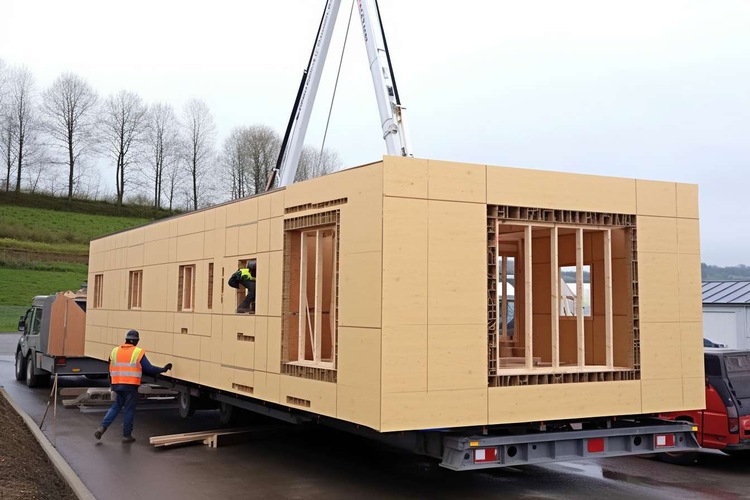Understanding Modern Prefabricated Homes: A Complete Guide to Smart Housing Solutions
Prefabricated homes represent a revolutionary approach to modern housing, combining efficiency, sustainability, and innovative design. These factory-built structures offer homeowners a faster, often more cost-effective alternative to traditional construction while maintaining high quality and customization options. As housing demands evolve and environmental consciousness grows, prefab homes have emerged as a compelling solution for contemporary living.

Benefits of Modern Prefab Home Design
Today’s prefab homes offer numerous advantages beyond quick construction. These properties often feature superior insulation, energy-efficient systems, and sustainable materials. Many manufacturers incorporate smart home technology and solar-ready designs, making these homes both environmentally conscious and future-proof. The controlled factory environment also minimizes weather-related delays and ensures consistent quality standards.
Popular Prefab Home Styles and Options
From compact bungalows to expansive family homes, prefab housing comes in various styles and configurations. Modern designs often include open-concept layouts, large windows for natural light, and flexible floor plans. Popular options include:
-
Single-story bungalow designs
-
Two-story contemporary homes
-
Modular additions
-
Solar-integrated properties
Cost Considerations and Market Analysis
The cost of prefabricated homes varies significantly based on size, location, and customization options. Here’s a breakdown of current market offerings:
| Home Type | Average Size (sq ft) | Base Price Range |
|---|---|---|
| Basic Bungalow | 800-1,200 | $100,000-180,000 |
| Mid-Size Home | 1,500-2,000 | $180,000-300,000 |
| Luxury Prefab | 2,000+ | $300,000-600,000+ |
Prices, rates, or cost estimates mentioned in this article are based on the latest available information but may change over time. Independent research is advised before making financial decisions.
Environmental Impact and Solar Integration
Modern prefab homes often emphasize environmental sustainability. Many manufacturers offer solar-ready designs or integrated solar systems as standard features. These eco-friendly homes typically include:
-
High-efficiency insulation
-
Energy-saving appliances
-
Smart climate control systems
-
Renewable energy options
-
Sustainable building materials
Future Trends in Prefabricated Housing
The prefab housing industry continues to evolve with technological advancements and changing consumer preferences. Current trends indicate growing interest in smart home integration, increased energy independence through solar technology, and more flexible, modular designs that can adapt to changing family needs. Manufacturers are also exploring new materials and construction techniques to further improve efficiency and sustainability.
These innovations in prefabricated housing represent a significant step forward in residential construction, offering homeowners a practical blend of efficiency, sustainability, and modern comfort. As technology advances and environmental concerns grow, prefab homes are likely to play an increasingly important role in future housing solutions.






